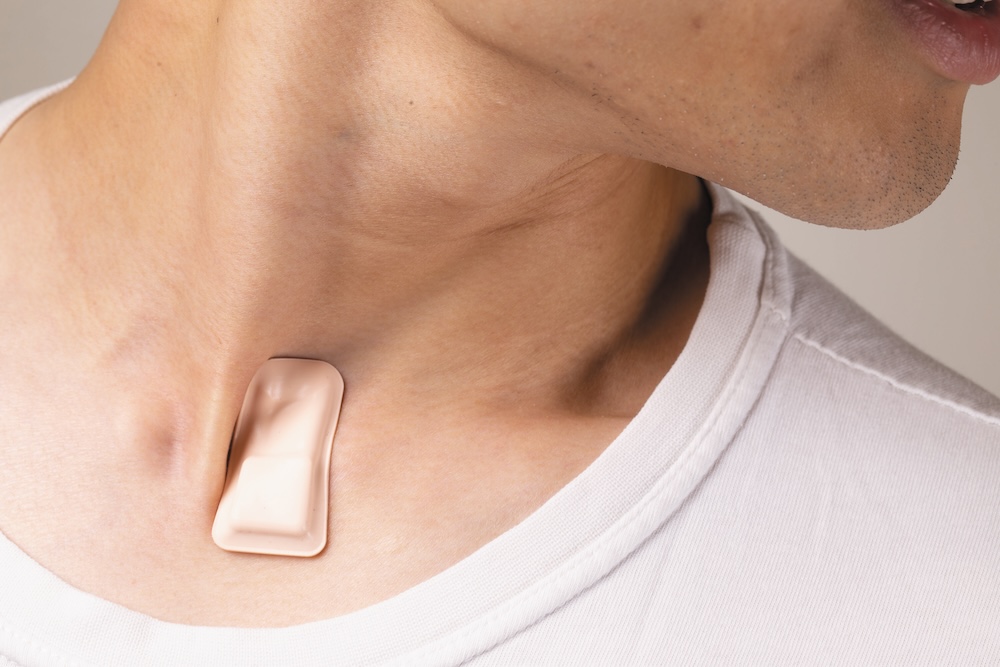
Fluorescent indocarbocyanine lipid (ICL) shows much better distribution within glioblastoma brain tumors compared to fluorescent phospholipids, according to a study published in ACS Nano.
Finding compounds that can effectively penetrate the blood-brain barrier is a major challenge in glioblastoma research, so these findings can help guide scientists in future experiments and also hint at the underlying mechanisms governing barrier permeability, according to Irina Balyasnikova, PhD, associate professor of Neurological Surgery and co-senior author of the study.
“The continuous penetration and distribution of ICLs should have implications for how we formulate these compounds,” said Balyasnikova, who is also a member of the Robert H. Lurie Comprehensive Cancer Center of Northwestern University.
The study was a collaboration between Balyasnikova and Dmitri Simberg, PhD, associate professor of pharmaceutical sciences at the University of Colorado and co-senior author of the study.
Liposomes, spherical vesicles comprised of phospholipid layers, are one of the most commonly used nano-scale drug delivery platforms. Mimicking the structure of ordinary cell membranes, liposomes’ water solubility and biodegradability make them a popular choice for cancer therapeutic delivery.
Liposomes exhibit good tumor uptake in many types of cancer, but have trouble with glioblastoma, according to Balyasnikova.
“Glioblastoma is hidden behind the blood-brain barrier, and most drugs and nanoparticles cannot efficiently penetrate and distribute behind the barrier,” Balyasnikova said.
In the current study, scientists labeled liposomes with both the ICL label or fluorescent phospholipid (FPL) label in the same liposome, and compared their penetration in models of glioblastoma, breast cancer and and head and neck cancer. While both labels initially localized in and around tumor blood vessels, the ICL label spread over a significantly larger tumor area — even past the blood-brain barrier.
“You could see them homogenously penetrating the tumor in the model,” Balyasnikova said.
This is useful for tracking the spread of anti-cancer treatments, both in experiments and potentially in future treatments, according to Balyasnikova. Further, the ICL label was taken up by tumor-associated macrophages. Uptake by macrophages is especially important in the context of glioblastoma, as glioblastoma-associated macrophages are heavily implicated in treatment resistance due to the immune-suppressive environment they generate in the brain.
“The next step for our collaborative effort is to use ICLs to deliver drugs that either kill these macrophages or prevent them from generating this immune-suppressive phenotype, and then this could be a great system,” Balyasnikova said. “This could be a great addition to immunotherapy for glioblastoma.”
The study was supported by National Institutes of Health grants R01CA194058, R33NS101150, R01NS106379 and R01NS122395.






